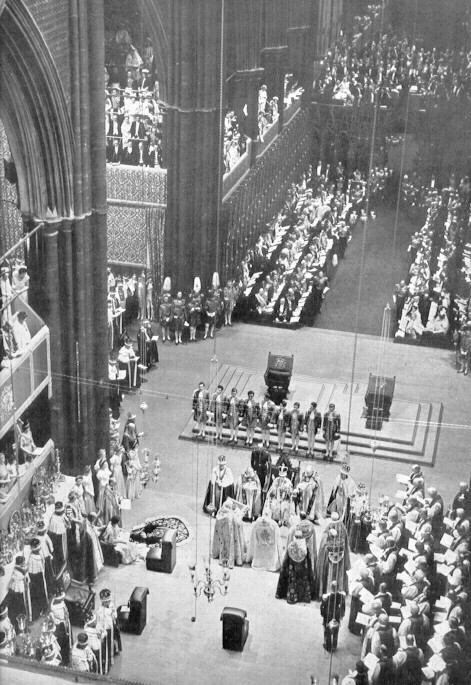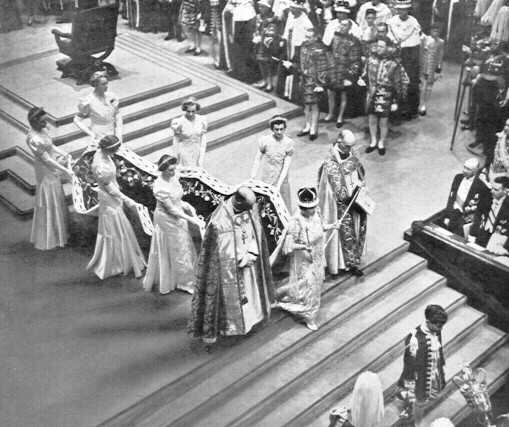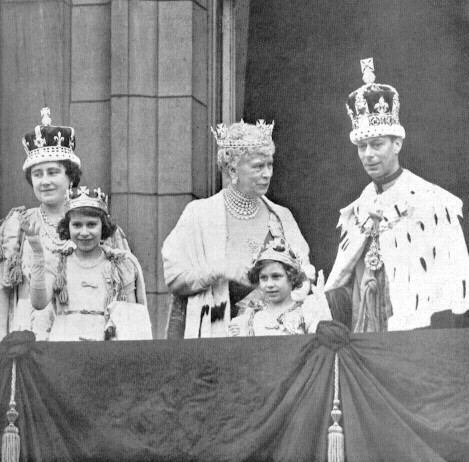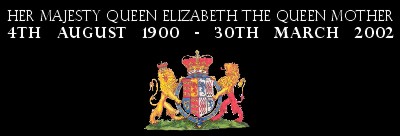

On 12th May 1937, the coronation that had been planned for King Edward VIII took place, but the sovereign to be crowned was another one: George VI, King of the United Kingdom of Great Britain and Northern Ireland, Emperor of India and sovereign of all other realms overseas. Between the Abdication, in December, and the Coronation, in May, a new crowned had to be made: the one for Queen Elizabeth, made of several thousand diamonds and finished with the shining glory of the Koh-i-Noor, the magnificent and historical Indian diamond.
By that time, no coronation ceremony had been so much choreographed and prepared. The era of television was now a reality and for the first time cameras had been allowed in Westminster Abbey, the secular setting of the British coronations. The King and the Queen left Buckingham Palace in the Gold State Coach, having been preceded by the other members of the Royal Family, including Queen Mary and Princesses Elizabeth and Margaret (who travelled together in the Queen Alexandra State Coach) and also the Earl and Countess of Strathmore, who sat with the Royal Family in the gallery of the Abbey. Behind the carriage the Dukes of Gloucester and Kent followed their brother, but the third royal duke, Windsor, was not there.


The ceremony was broadcasted live on BBC Radio and footage was made inside the Abbey for the first time. The crucial moment, the Anointing, was kept, however, out of the sight of the cameras, something that would be repeated in 1953. After the ceremony, the newly crowned King and Queen drove in state through the capital of the Kingdom and the Empire to greet some two million subjects, who would cheer them at the balcony. Nevertheless, most of the country still felt the institution had been harshly damaged by the abdication crisis.



Return






